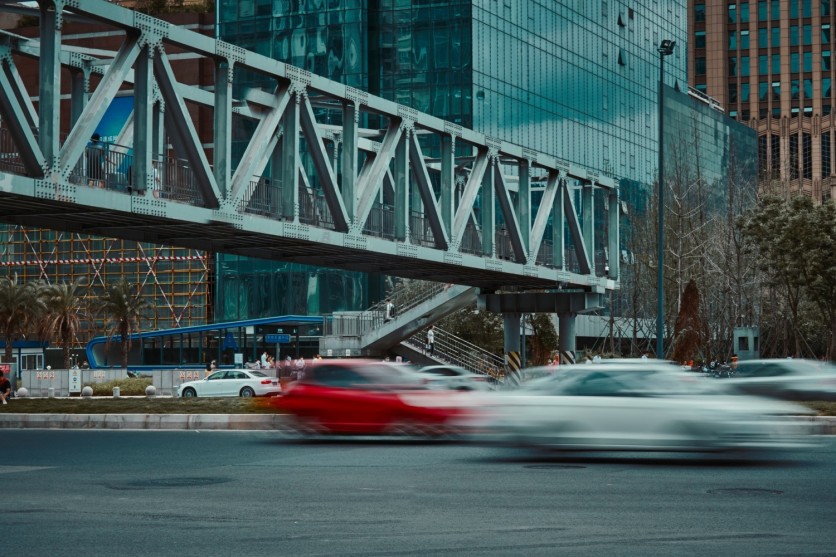Artificial intelligence (AI) coupled with innovative bio-inspired cameras promises accelerated detection of pedestrians and obstacles on the road compared to current automotive cameras, according to a study by University of Zurich researchers.
Combining AI and Bio-Inspired Cameras
The team noted that integrating AI and bio-inspired cameras addresses a critical concern for drivers: the sudden appearance of pedestrians, giving minimal reaction time for avoidance maneuvers.
While existing car camera systems provide some safety features, such as driver alerts and emergency braking, the researchers claimed they fall short in speed and reliability, particularly for autonomous vehicles.
Thus, Daniel Gehrig and Davide Scaramuzza from the University of Zurich's Department of Informatics have collaborated to devise a new system combining a unique bio-inspired camera with AI capabilities. This system aims to swiftly detect obstacles surrounding vehicles while minimizing computational requirements.
Current automotive cameras typically operate on a frame-based model, capturing snapshots at fixed intervals, between 30 and 50 frames per second. While artificial neural networks can be trained to recognize objects in these images, the team said that the time gap between frames risks missing crucial information.
Gehrig and Scaramuzza explored event cameras, a recent innovation with smart pixels that capture information upon detecting rapid movements to address this limitation.

Leveraging Event Cameras
According to Scaramuzza, who spearheads the Robotics and Perception Group, event cameras offer continuous data streams without the blind spots between frames seen in traditional cameras, akin to how the human eye processes visual information.
Combining the advantages of both camera types, the researchers developed a hybrid system featuring a standard camera capturing 20 images per second. These images undergo analysis by an AI system, specifically a convolutional neural network trained to identify pedestrians and cars.
The event camera's data complements this by feeding into an asynchronous graph neural network tailored for analyzing dynamic 3D data. According to Gehrig, these components anticipate and enhance object detection capabilities, achieving detection speeds comparable to a camera capturing 5,000 images per second but with lower bandwidth and computational demands.
In comparative tests against existing automotive cameras and algorithms, the team claimed that the new system demonstrated a remarkable improvement, achieving detection speeds 100 times faster while minimizing data transmission and computational requirements.
The system was reported to have detected objects entering the camera's field of view between frames, enhancing safety for both drivers and pedestrians, particularly in high-speed scenarios.
Read Also : US House Introduces Bill Urging Mandatory Security Checks for Chinese, Foreign-Made Connected Vehicles
Looking Ahead
Looking ahead, the team hopes that integrating such hybrid systems with LiDAR sensors could further enhance autonomous driving capabilities while maintaining safety standards.
Gehrig and Scaramuzza envision these hybrid systems as pivotal for advancing autonomous driving technology, ensuring safety without an undue burden on data and computational resources.
"Our approach paves the way for efficient and robust perception in edge-case scenarios by uncovering the potential of event cameras," the scientists wrote.
The researchers' findings were published in the journal Nature.
Related Article : Tesla Is Being Investigated Over Bay Area Factory Toxic Emissions, Sued Over Alleged Health Harms

ⓒ 2026 TECHTIMES.com All rights reserved. Do not reproduce without permission.




